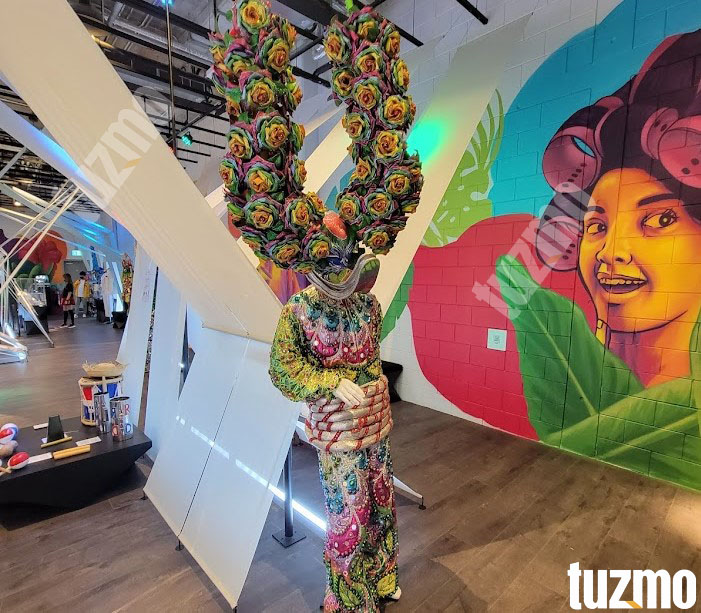
[fusion_builder_container type=”flex” hundred_percent=”no” hundred_percent_height=”no” min_height=”” hundred_percent_height_scroll=”no” align_content=”stretch” flex_align_items=”flex-start” flex_justify_content=”flex-start” flex_column_spacing=”” hundred_percent_height_center_content=”yes” equal_height_columns=”no” container_tag=”div” menu_anchor=”” hide_on_mobile=”small-visibility,medium-visibility,large-visibility” status=”published” publish_date=”” class=”” id=”” link_color=”” link_hover_color=”” border_sizes=”” border_sizes_top=”” border_sizes_right=”” border_sizes_bottom=”” border_sizes_left=”” border_color=”” border_style=”solid” spacing_medium=”” margin_top_medium=”” margin_bottom_medium=”” spacing_small=”” margin_top_small=”” margin_bottom_small=”” margin_top=”” margin_bottom=”” padding_dimensions_medium=”” padding_top_medium=”” padding_right_medium=”” padding_bottom_medium=”” padding_left_medium=”” padding_dimensions_small=”” padding_top_small=”” padding_right_small=”” padding_bottom_small=”” padding_left_small=”” padding_top=”” padding_right=”” padding_bottom=”” padding_left=”” box_shadow=”no” box_shadow_vertical=”” box_shadow_horizontal=”” box_shadow_blur=”0″ box_shadow_spread=”0″ box_shadow_color=”” box_shadow_style=”” z_index=”” overflow=”” gradient_start_color=”” gradient_end_color=”” gradient_start_position=”0″ gradient_end_position=”100″ gradient_type=”linear” radial_direction=”center center” linear_angle=”180″ background_color=”” background_image=”” background_position=”center center” background_repeat=”no-repeat” fade=”no” background_parallax=”none” enable_mobile=”no” parallax_speed=”0.3″ background_blend_mode=”none” video_mp4=”” video_webm=”” video_ogv=”” video_url=”” video_aspect_ratio=”16:9″ video_loop=”yes” video_mute=”yes” video_preview_image=”” absolute=”off” absolute_devices=”small,medium,large” sticky=”off” sticky_devices=”small-visibility,medium-visibility,large-visibility” sticky_background_color=”” sticky_height=”” sticky_offset=”” sticky_transition_offset=”0″ scroll_offset=”0″ animation_type=”” animation_direction=”left” animation_speed=”0.3″ animation_offset=”” filter_hue=”0″ filter_saturation=”100″ filter_brightness=”100″ filter_contrast=”100″ filter_invert=”0″ filter_sepia=”0″ filter_opacity=”100″ filter_blur=”0″ filter_hue_hover=”0″ filter_saturation_hover=”100″ filter_brightness_hover=”100″ filter_contrast_hover=”100″ filter_invert_hover=”0″ filter_sepia_hover=”0″ filter_opacity_hover=”100″ filter_blur_hover=”0″][fusion_builder_row][fusion_builder_column type=”1_1″ layout=”2_3″ align_self=”auto” content_layout=”column” align_content=”flex-start” content_wrap=”wrap” spacing=”” center_content=”no” link=”” target=”_self” min_height=”” hide_on_mobile=”small-visibility,medium-visibility,large-visibility” sticky_display=”normal,sticky” class=”” id=”” type_medium=”” type_small=”” order_medium=”0″ order_small=”0″ dimension_spacing_medium=”” dimension_spacing_small=”” dimension_spacing=”” dimension_margin_medium=”” dimension_margin_small=”” margin_top=”” margin_bottom=”” padding_medium=”” padding_small=”” padding_top=”” padding_right=”” padding_bottom=”” padding_left=”” hover_type=”none” border_sizes=”” border_color=”” border_style=”solid” border_radius=”” box_shadow=”no” dimension_box_shadow=”” box_shadow_blur=”0″ box_shadow_spread=”0″ box_shadow_color=”” box_shadow_style=”” background_type=”single” gradient_start_color=”” gradient_end_color=”” gradient_start_position=”0″ gradient_end_position=”100″ gradient_type=”linear” radial_direction=”center center” linear_angle=”180″ background_color=”” background_image=”” background_image_id=”” background_position=”left top” background_repeat=”no-repeat” background_blend_mode=”none” animation_type=”” animation_direction=”left” animation_speed=”0.3″ animation_offset=”” filter_type=”regular” filter_hue=”0″ filter_saturation=”100″ filter_brightness=”100″ filter_contrast=”100″ filter_invert=”0″ filter_sepia=”0″ filter_opacity=”100″ filter_blur=”0″ filter_hue_hover=”0″ filter_saturation_hover=”100″ filter_brightness_hover=”100″ filter_contrast_hover=”100″ filter_invert_hover=”0″ filter_sepia_hover=”0″ filter_opacity_hover=”100″ filter_blur_hover=”0″ last=”true” border_position=”all” first=”true” spacing_right=””][fusion_text columns=”” column_min_width=”” column_spacing=”” rule_style=”default” rule_size=”” rule_color=”” content_alignment_medium=”” content_alignment_small=”” content_alignment=”” hide_on_mobile=”small-visibility,medium-visibility,large-visibility” sticky_display=”normal,sticky” class=”” id=”” font_size=”” fusion_font_family_text_font=”” fusion_font_variant_text_font=”” line_height=”” letter_spacing=”” text_color=”” animation_type=”” animation_direction=”left” animation_speed=”0.3″ animation_offset=””]
If you’re looking for an island nation that has picturesque mountain tops, beautiful beaches, friendly locals, and an eclectic melange of cultures, then you’ve found it in the Dominican Republic. You will find influences from Taino, Spanish, African, and Caribbean ancestors in the unique artistic expression of the artisans of the Dominican Republic.

Let’s take a look at the extensive repertoire of arts and crafts these artisans produce.
Taino Faceless Dolls & Figurines
The Taino were a group of people native to the Dominican Republic, who lived there before the Europeans arrived and were experts in making handicrafts. Their traditions in art and craft making have been handed down through generations, and are still heavily represented in present-day crafts produced in the island nation. Artisans from Jaraboca, La Vega, Los Calabazos, and Guaigüí are the most popular for Taino crafts.
Taino crafts are usually handmade from stone or clay, with distinctive motifs and bright colors. The most emblematic craft from the Dominican Republic is their faceless dolls, inspired by Taino traditions and usually made of ceramic. They were first created in their present form in the 1980s. These limé dolls have elaborate floral traditional dresses but no facial features, embracing the mixed heritage of the Dominicans. They usually carry something like fruits, flowers, or coffee, which symbolizes their strong work ethic. Some Taino figures represent various deities or spirits, with religious or spiritual significance for the locals. Others are in the shape of people, animals, or musical instruments.

Imbertian Figurines
The mines in Imbert produce a unique stone that looks like wood and is formed by the fossilization of terrestrial vegetation. This petrified wood is easily moldable with simple tools like knives and machetes. The artisans of the Dominican Republic use it to create figurines that reflect Taino traditions, represent religious images, depict animals, or represent family, love, and birth.
Masks and Guano Hats
Masks are worn during the Dominican Republic’s celebration of Carnival, a pagan festival that takes place in the months of February and March. Typically made out of papier-mache, a mask depicting a devil’s face is most commonly seen during the celebration. Popularized through an annual celebration that began in the fifteenth century, these masks have become an important part of the Dominican Republic’s arts and crafts.

Thin strips of the guano plant are woven around a mold to create the guano hat, which is most popular with Dominican musicians.
Jewelry
Artisans of the Dominican Republic are especially skilled at jewelry making, for which they use locally sourced amber and larimar. Amber is prized for its rich honey and blue colors while Larimar is a rare blue stone, adding to the appeal of jewelry made with it. Larimar was first discovered by Miguel Mendez and Norman Rilling in 1974 in the province of Barahona. It was named after Miguel’s daughter Larissa and the Spanish word for sea (mar) to evoke its colors and the proximity of the Caribbean Sea to the location where it was first discovered. Artisans also use bones, horns, and gourds to make traditional jewelry.

Musical Instruments
Music is a very important part of the culture in the Dominican Republic. Instruments made of wood or bamboo are painted with vibrant colors and are used in local celebrations. You will find maracas, guitars, and drums, and even miniatures of these instruments for your collection. A popular type of drum is the Tambora, a double-headed instrument made from a salvaged rum barrel.

The artisans of the Dominican Republic pay tribute to centuries-old traditions while imbuing them with modern touches. You will witness intricate craftsmanship in vivid colors and an amazing fusion of cultures.
[/fusion_text][/fusion_builder_column][/fusion_builder_row][/fusion_builder_container]